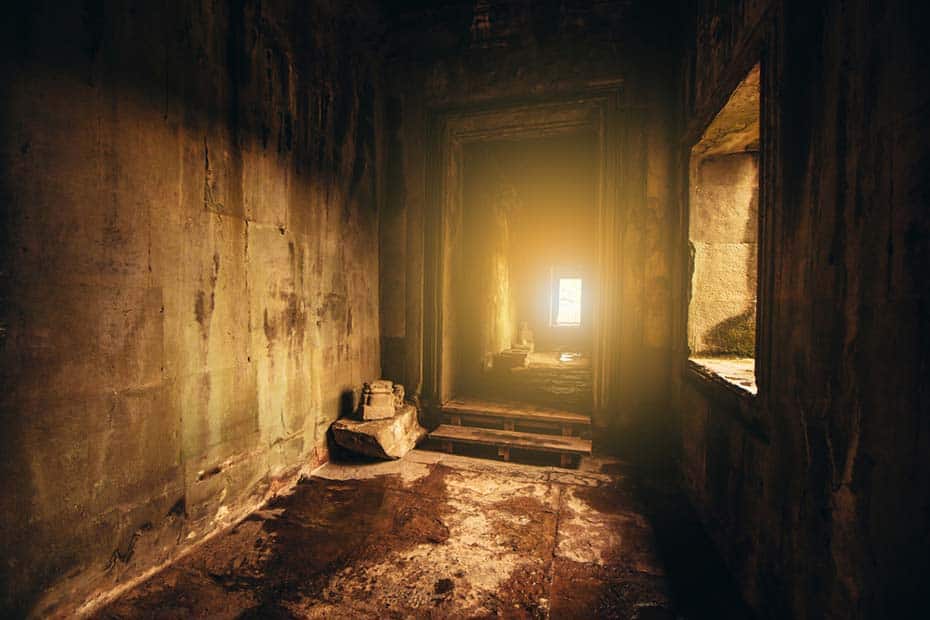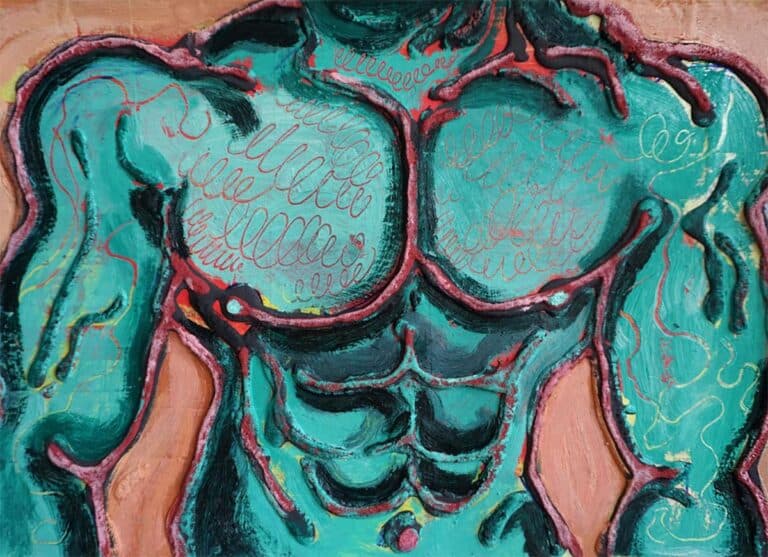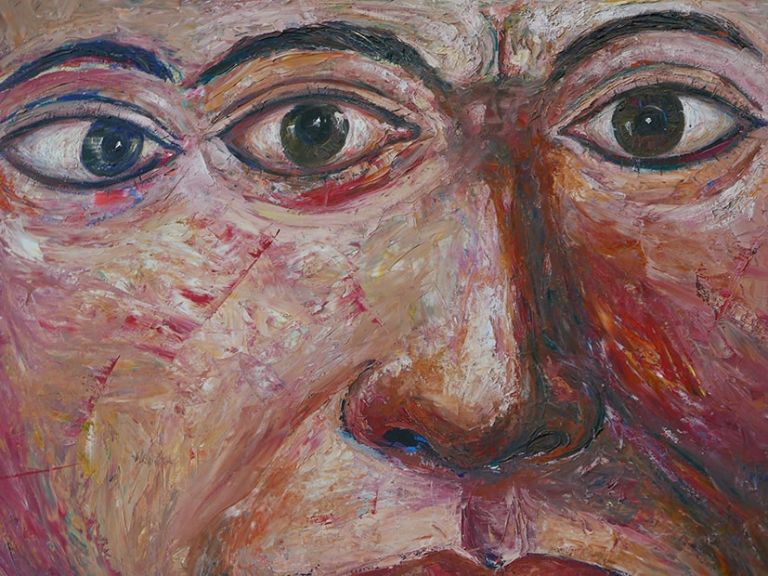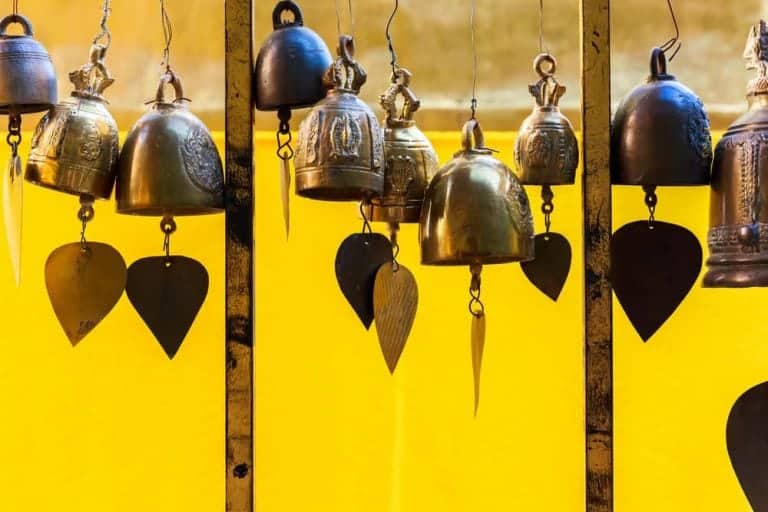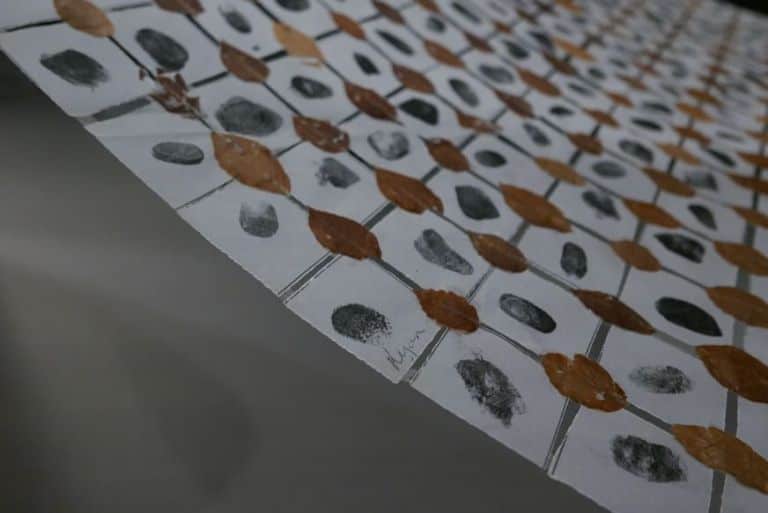Vietnamese-American artist Dinh Q Lê’s first major solo exhibition in Singapore, Monuments and Memorials, opened on 17 March at STPI – Creative Workshop & Gallery (“STPI”) and will be showing until 12 May. Born in Viet Nam, Lê had to escape the Khmer Rouge at the age of ten, leaving his homeland for the United States, where he grew up and received his art education. A critically acclaimed artist, he is known for his experimentation with photographs to reframe history and memory, especially within the context of the Vietnam War. In 1998, he presented a series of works in the exhibition Cambodia: Splendor and Darkness (1998), where pictures of Cambodian temples and photographs of the Khmer Rouge victims were interlaced into what he calls “photo-weavings.” It is this series that he revisits for the STPI exhibition.
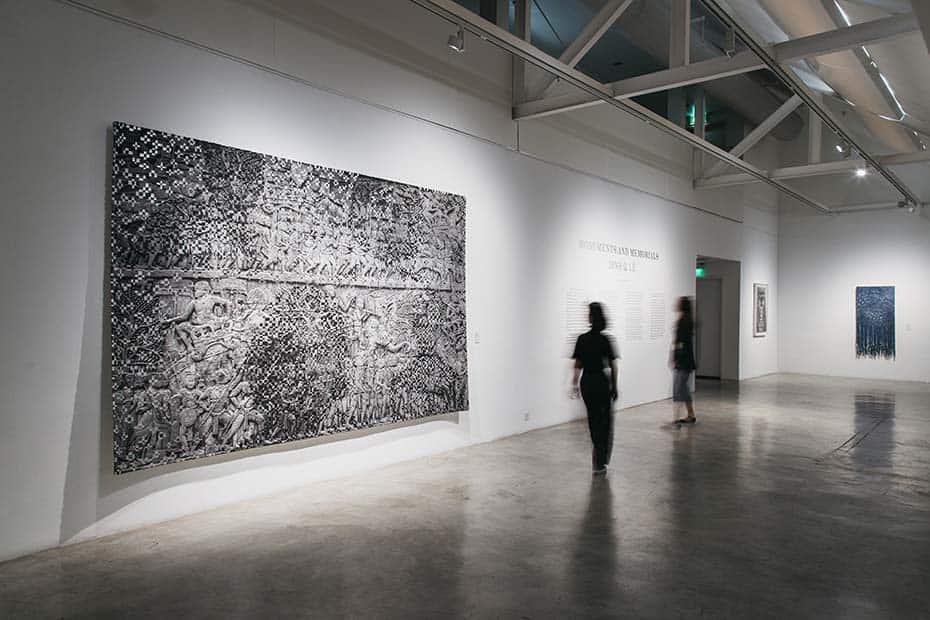
In entwining two seemingly disparate subjects – the glorious Angkor monuments and the darker past of the Khmer Rouge – Lê presents history and memory as a contiguous, albeit unstable, whole. As our eyes wander over the pictorial space, we simultaneously encounter chilling pictures of the Khmer Rouge victims taken just before their deaths and photographs of a lost empire, celebrated today for its majestic monuments.
These montages are confounding and compelling in equal measure. At times, the individual images of temple ruins, human portraits, or reliefs of mythical figures can only be made out if we change our viewing distance or perspective.


This natural impulse to visually unravel what Lê has woven together points to our desire for stability and coherence, manifested in tendencies to segregate periods of history into neat categories. However, as metaphors for the complexities of history, his works refuse to offer such stable images. Like apparitions, his subjects fluctuate between hiddenness and exposure, questioning the validity of such compartmentalisation, and emphasising the interconnectedness of seemingly separate historical events. Lê explains:
Through my photo-weavings, I hope that the portraits from Tuol Sleng Genocide Museum will become more than just images of victims of the Khmer Rouge; that the images of Angkor Wat wall carvings will not only represent the height of Cambodia, but the victims who made such monuments possible; that even stone is impermanent.
While such concerns are not new for Lê, there is an important question of how this series is revitalised by its presentation at STPI, a gallery dedicated to artistic experimentation in paper and printmaking. More crucially, how would Lê bring about the convergence of formalist experimentation and his engagement with Cambodian history?
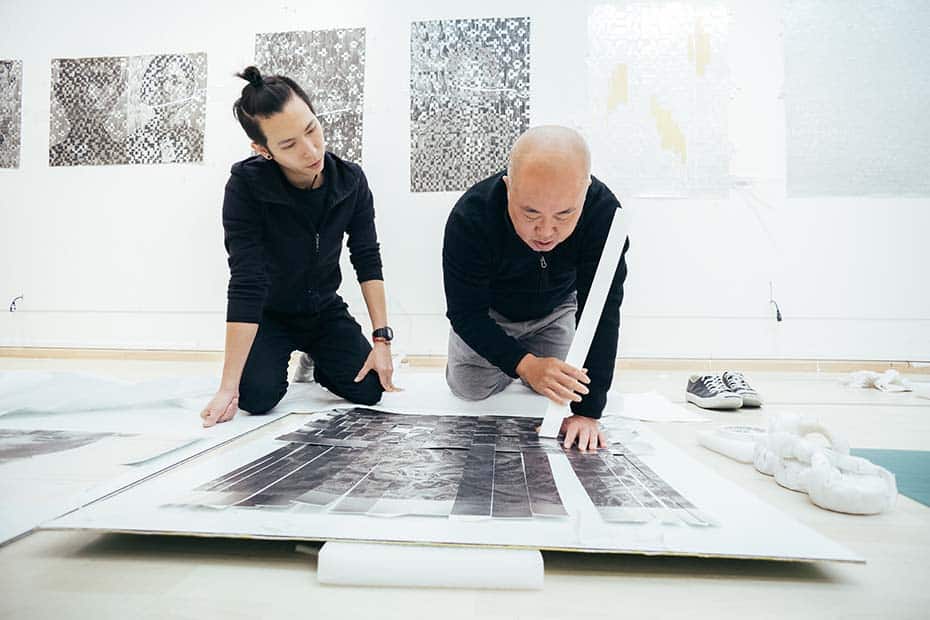
Visually, the differences between this and his earlier series are slight. A key distinction in this show is the use of black-and-white matt paper and silver foiling, and another is the creation of huge works such as Empire, which measures 10 metres by 1.5 metres. However, other than these features, one would be hard-pressed to find significant differences compared to the earlier series.

An exception is the sculptural work Adrift in Darkness. Inspired by the exodus of people from Africa and the Middle East entering Europe, Lê weaves together images from large group protests from all over the world to create three rock-like sculptures which float silently in a dark room. Referencing the ways in which these people are packed in boats as they seek better lives in foreign lands, the work is also a poetic remembrance of the people who risked everything to escape the brutal regimes in Viet Nam and Cambodia in the latter half of the 20th century.
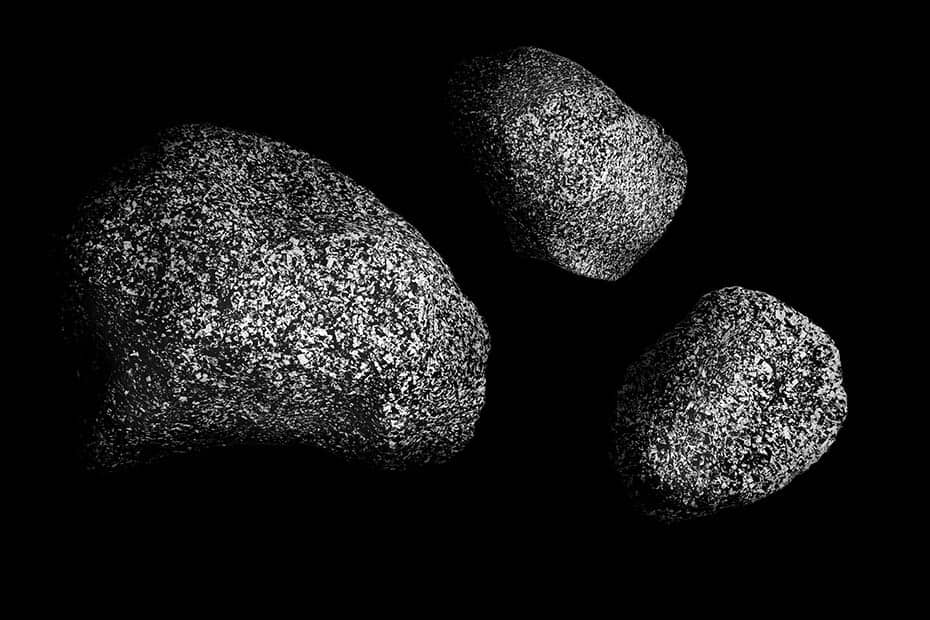
In referring to refugees floating on the dark oceans in small boats, this work has a specific context, but it also appeals to a universal sense of loss as the viewer, like the floating objects, becomes unanchored in the dark room. Even with close observation, the thin stripes and tightly-meshed weaving make it hard to identify individual faces and the work becomes an eerie parallel to the mass graves of largely unidentified victims of wars and oppressive governments.
In stylistic terms, this work departs from the traditional weaving that we see in Lê’s works and pushes weaving beyond the boundaries of two-dimensional presentations. He uses the innovative technique of wrapping his photo-weavings around rattan structures and presents the objects in a well-calibrated display which suits the subject matter of the work.
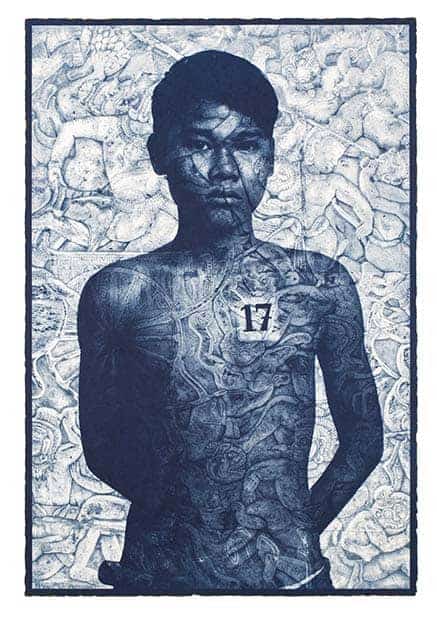
Lê’s other two-dimensional photo-weavings in this exhibition also draw our attention to the multifarious and sometimes opposing narratives of history. However, in comparison to the earlier series, his use of different materials, such as silver foiling, has limited mileage in developing this engagement further. These works have not added significant conceptual nuances or new perspectives on how we can critically think about history and memory.
Perhaps more experimentation in the spirit of Adrift in Darkness would uncover ways that the medium of paper can be wielded to add to the earlier series. The transition to three-dimensional sculptures is an obvious path to take but it is not the only way that paper, a malleable medium that exists in different forms, can be used in art.
Like its earlier iteration, this exhibition engages with Cambodian history in a powerful and poetic manner. However, within the context of STPI, one would expect to see an added dose of technical innovation and a demonstration of how Lê could bring this series further by experimenting with new material. In an interview for the exhibition catalogue, he mentions that he would continue to work with the mural-sized photo-weavings and “push the boundaries” with the three-dimensional weavings, so perhaps this is but the start of more exciting work that we can expect from Lê in the coming years.
Note: Quotations in this article are taken from an interview with the artist in the STPI exhibition catalogue.
